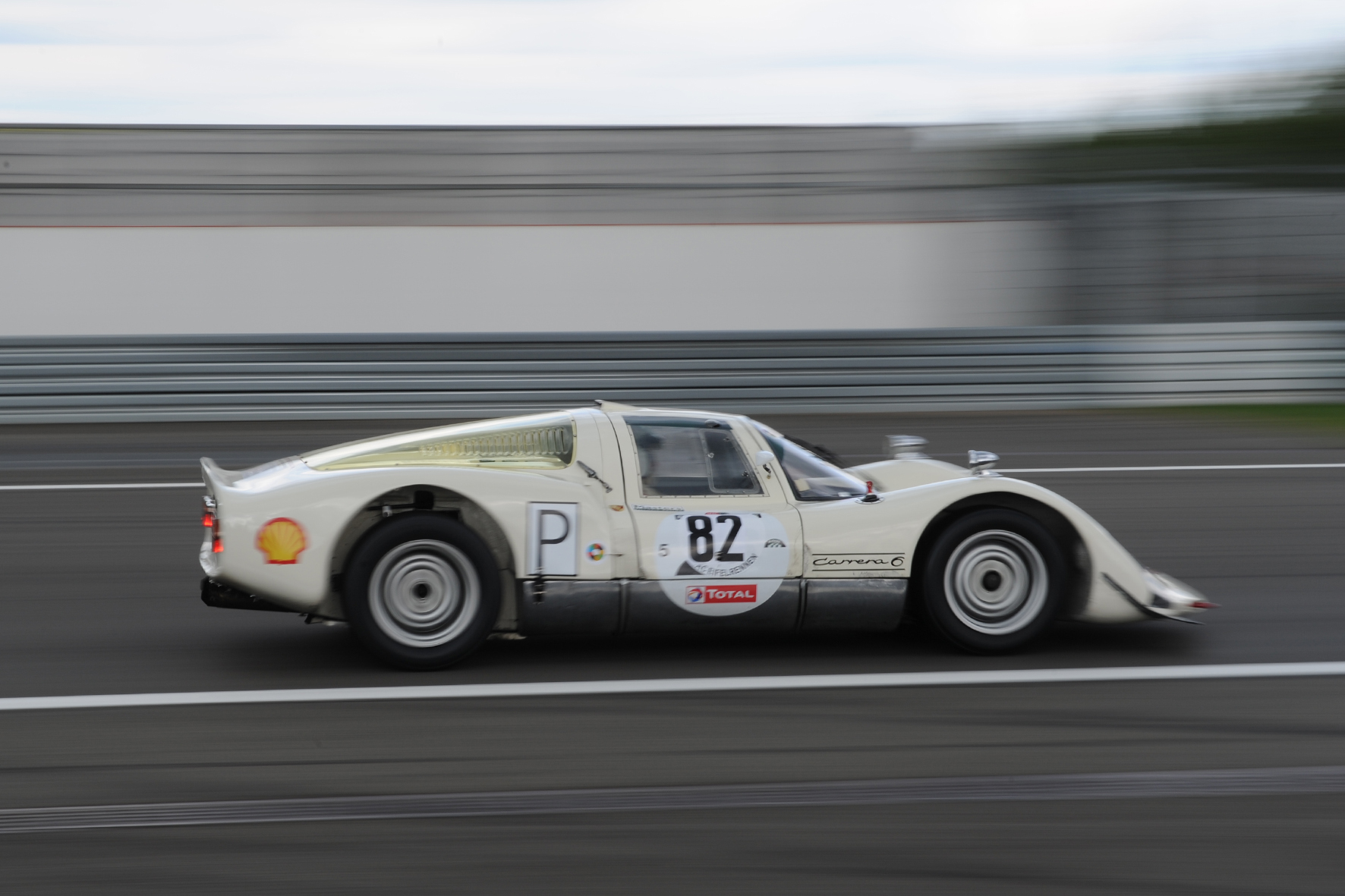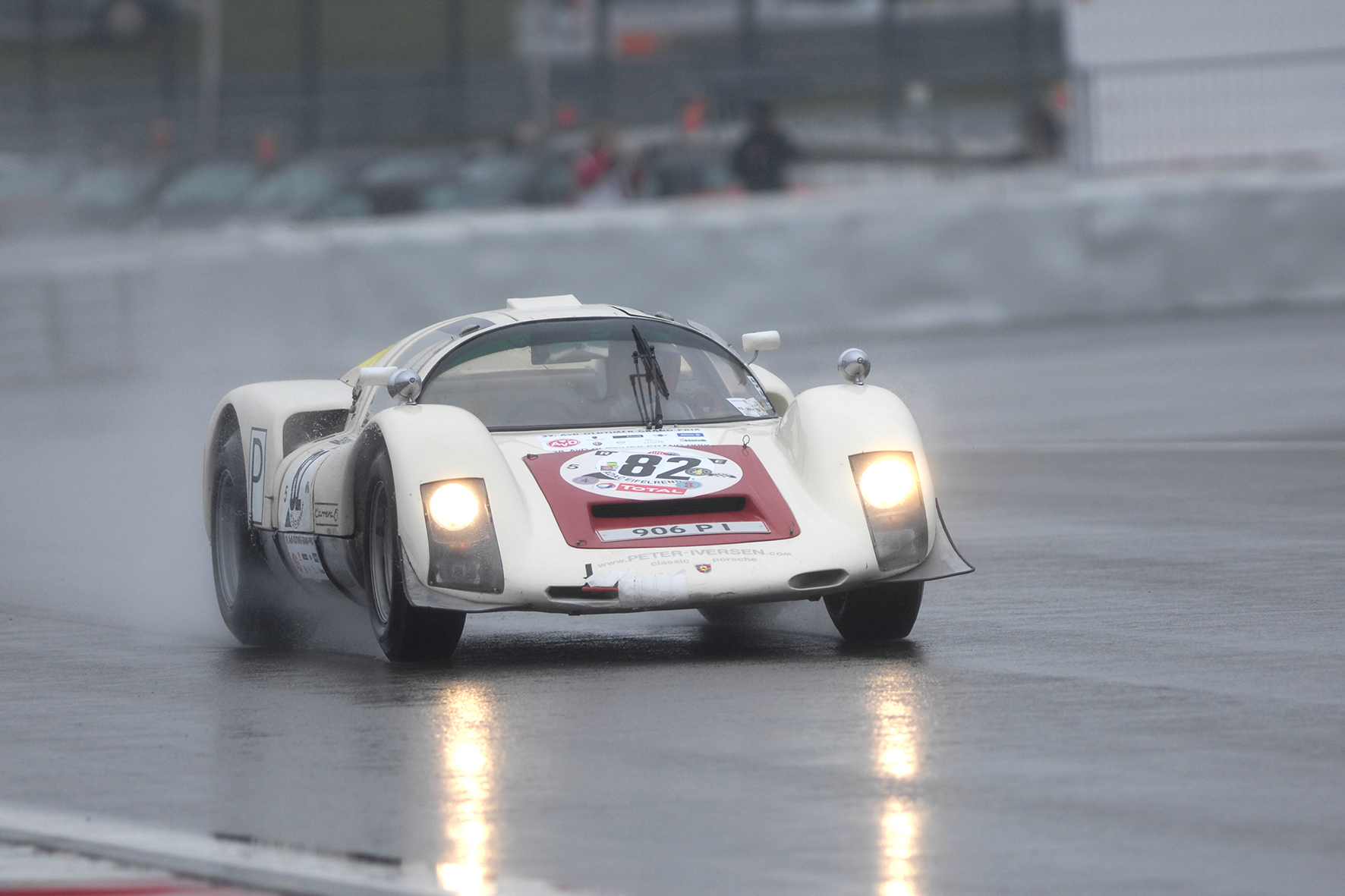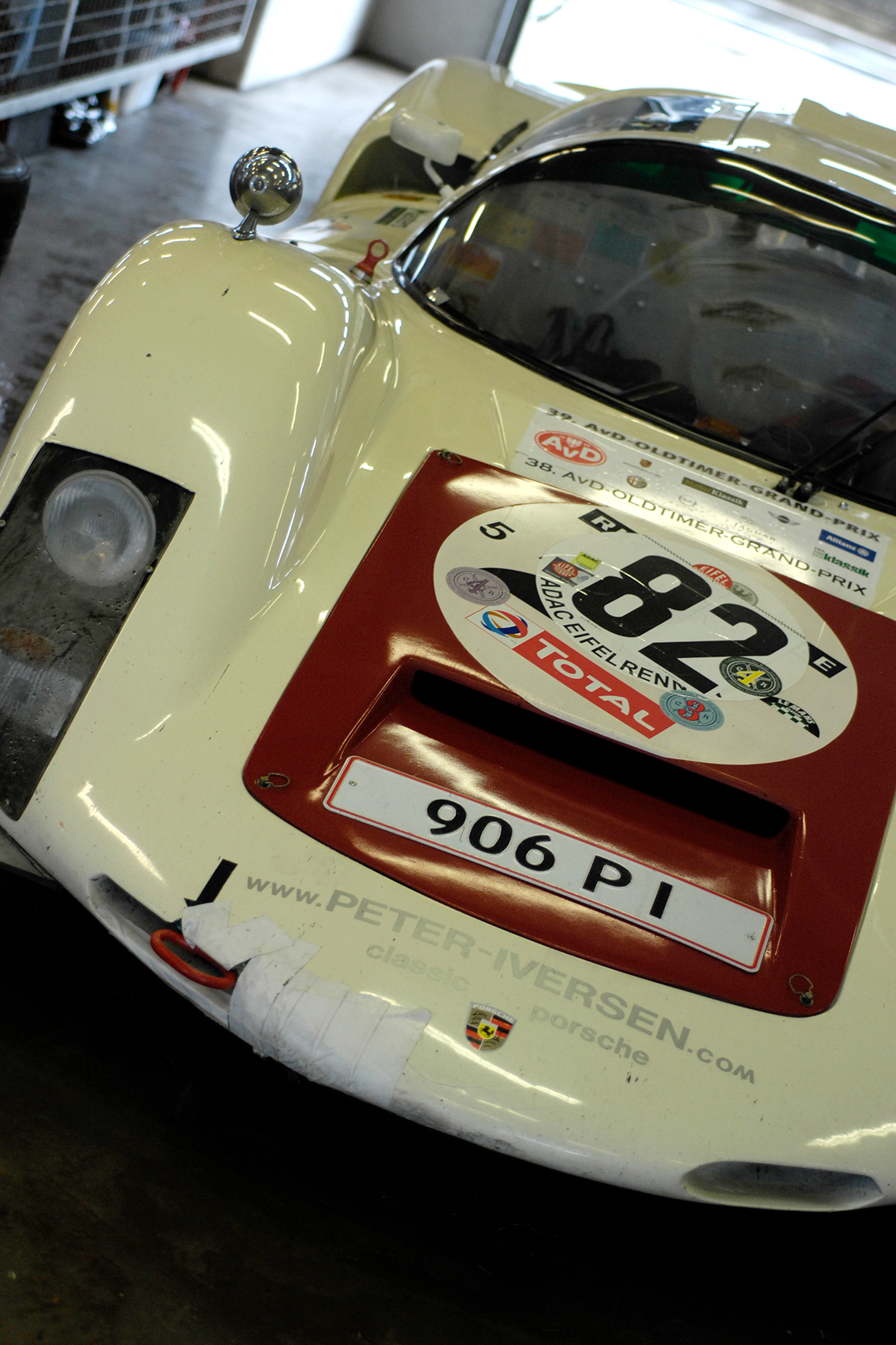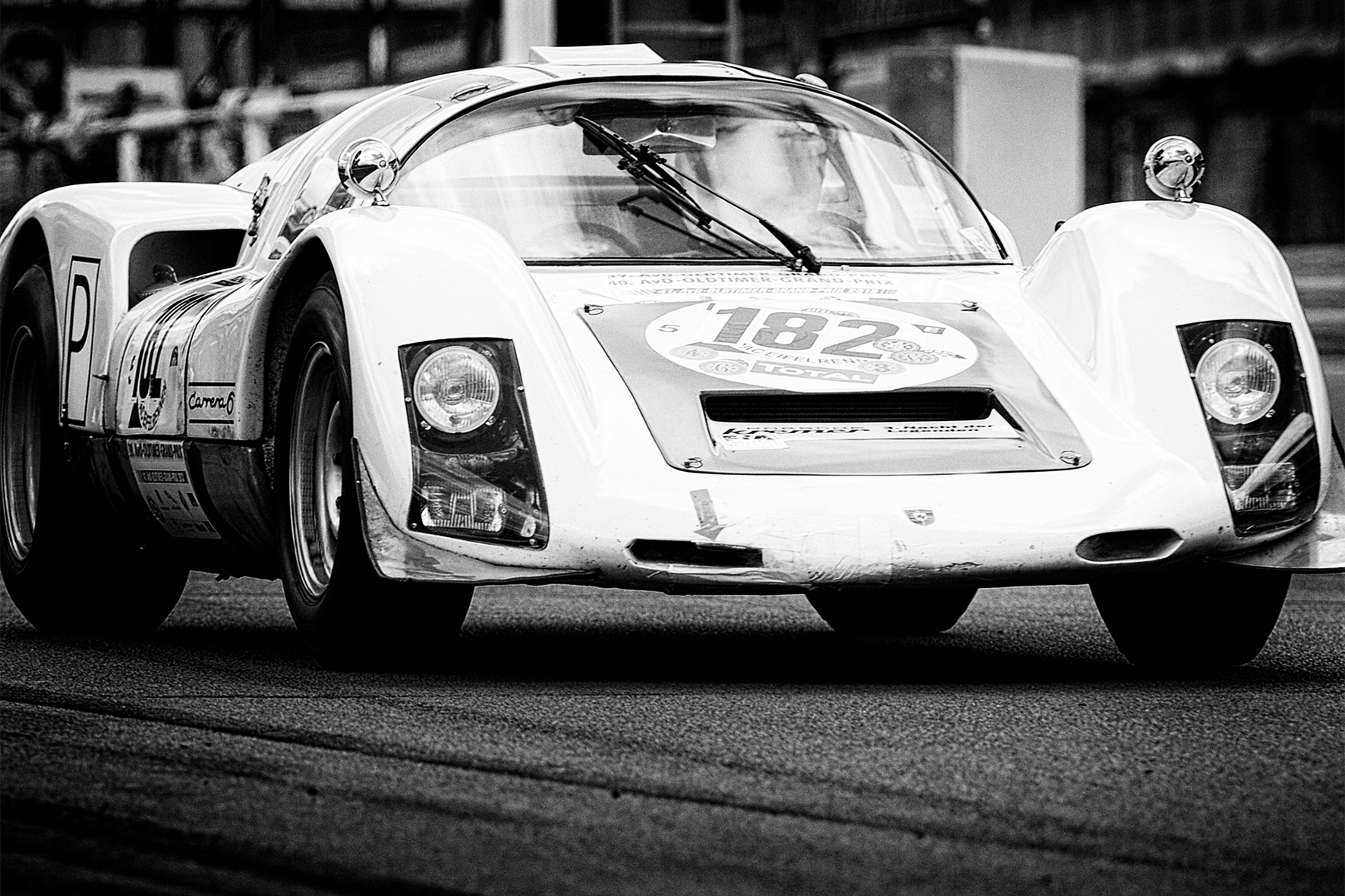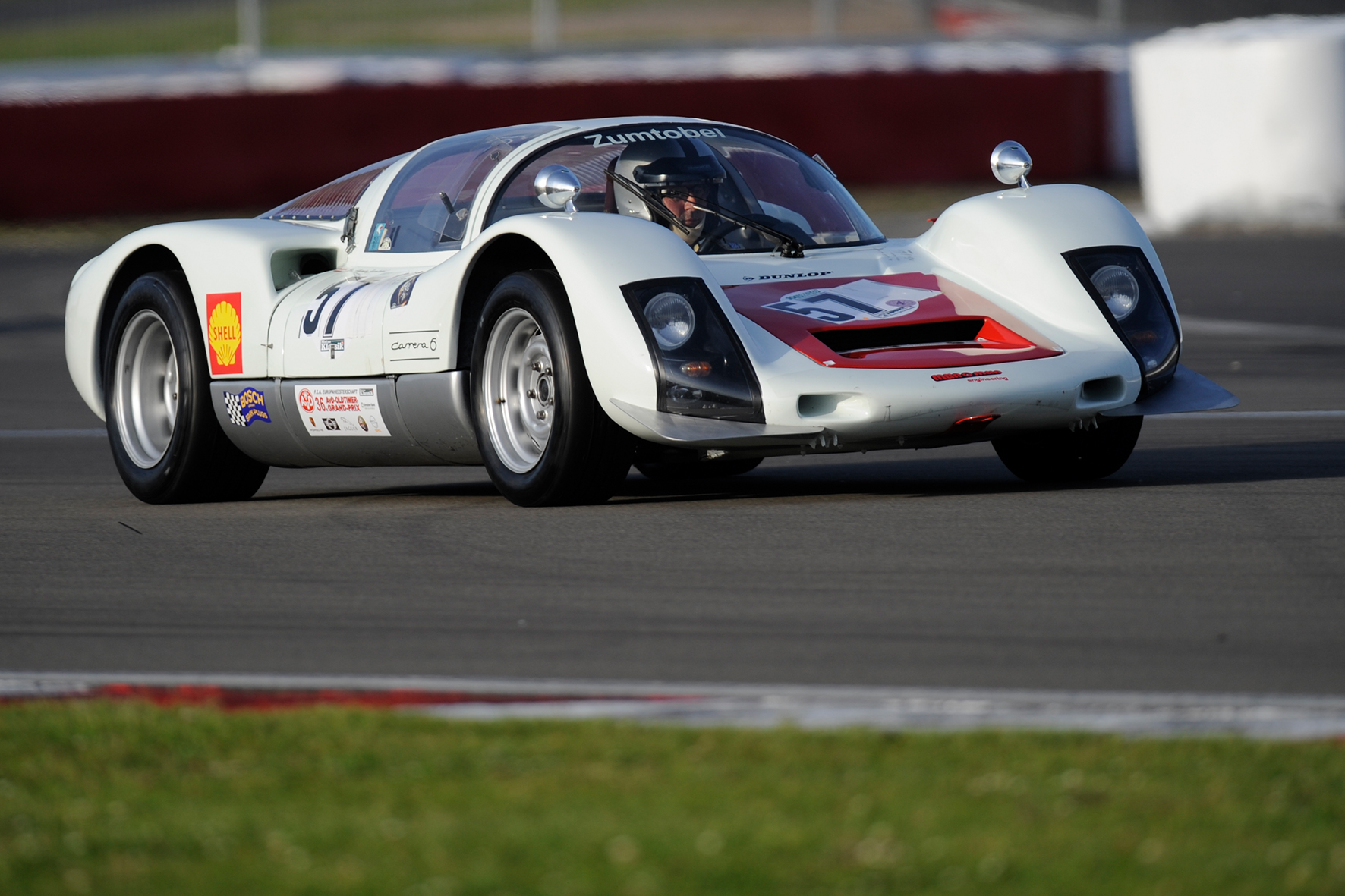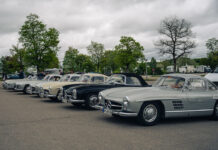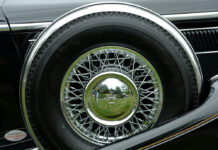By the end of 1964, it was already clear that the Porsche 904 was no longer competitive. Ferrari had developed the Dino 206P with well over 200 hp and was driving away from the Porsche 904 with the 180 hp in the final development stage of the 4-cylinder engine.
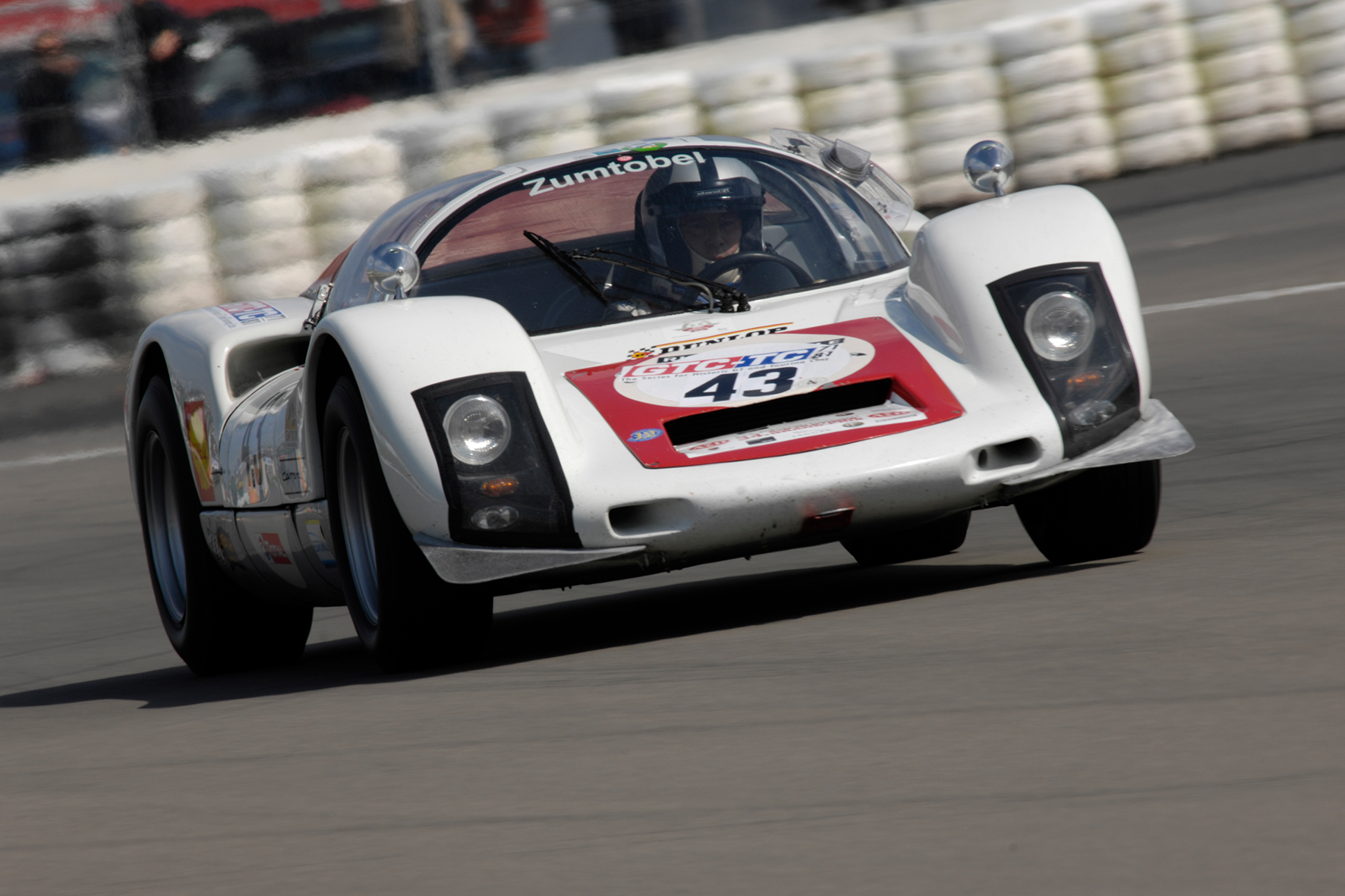
So a new racing car had to be developed. Ferdinand Piech, head of the development department since the mid-sixties, designed the Carrera 6 as more of a thoroughbred sports prototype, although all of the 65 vehicles built were actually road-legal.
While Porsche had focussed on general roadworthiness in the 904 and made compromises during development, the design of the Carrera 6 was all about saving weight and aerodynamics. Even the ignition key of the 906 was perforated to save a few grams.
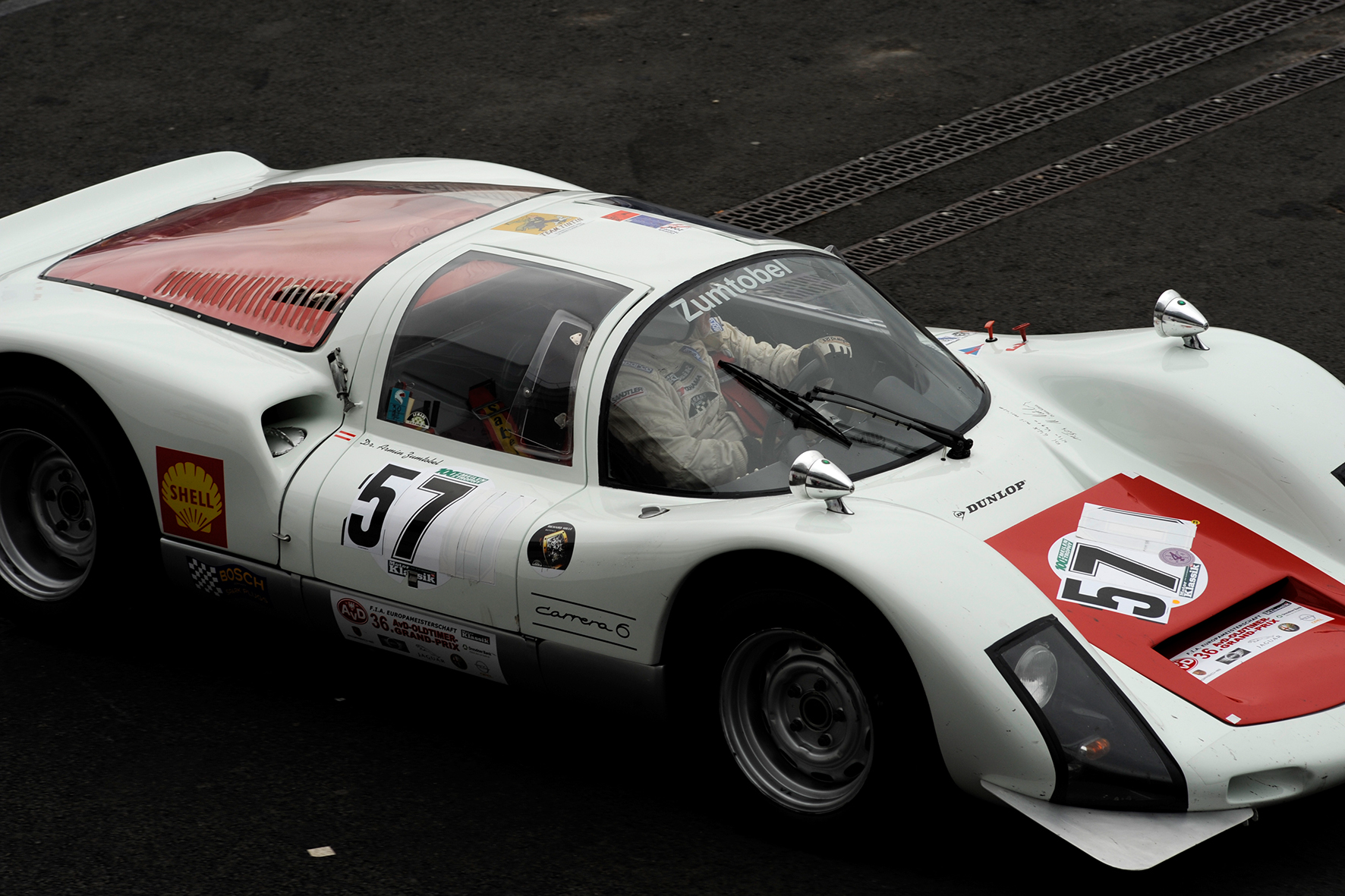
Above all, a more powerful but also more reliable engine had to be used. And with the powerful and series-tested engine of the 911, a suitable power unit was quickly found. With a few simple tuning measures, such as a significant increase in compression ratio to 10.3:1, a triple downdraft Weber carburettor and dual ignition, Porsche was able to increase the output of the 911 engine to 220 hp without any problems.
The biggest innovation, however, was the use of a steel lattice tube frame that also served as an oil pipe system and weighed only 53 kg. A plastic body with a yellow Plexiglas disc as an engine cover was built on top. For the first time at Porsche, gullwing doors were used to access the two-seater cockpit. The curvaceous fibreglass body was aerodynamically designed and had a fantastic drag coefficient of 0.35. The tanks were housed in the wide door sills with a total volume of 100 litres. This meant that the weight distribution of the racing car was almost perfectly balanced.

Porsche had to build 50 examples of the Carrera 6 for FIA homologation, but the high demand from private customers, which was certainly also due to the comparatively low price of just DM 45,000, meant that 65 units of the 906 were built. The use of suspension and other chassis parts from the Porsche 904 was certainly also responsible for this almost bargain price.
Of the 65 Porsche 906 / Carrera 6 built, 52 units were equipped with the original carburettors, 9 Porsche 906s were fitted as prototypes with the injection six-cylinder engine with 220 hp, 4 were fitted with the 2.2 litre eight-cylinder engine.

The Porsche 906, or more precisely Carrera 6, as it was officially called because Peugeot had and has the naming rights for 3-digit type designations with a 0 in the centre, was an extremely successful racing car, both in the European Hill Climb Championship and in the Endurance Championship. The 906 made its debut on 5 February 1966 in Daytona, where Hans Herrmann and Herbert Lounge drove the car to a 6th place overall. The greatest success, however, was the overall victory at the 50th anniversary of the Targa Florio in 1966, when Willy Mairesse from Belgium and Herbert Müller from Switzerland drove the 906 entered by Scuderia Filipinetti to victory, beating the Ferrari works team in the process.
In the same year, it also achieved fourth, fifth and sixth place in the 24 Hours of Le Mans behind three 7-litre Ford GT40s and, of course, class victory in the 2-litre class.

I think the Porsche 906 was the beginning of the extremely successful and equally beautiful sports prototypes from Porsche such as the 908, 910, the legendary 917 and even the later 956 and 962 cannot deny their origins. It was also the beginning of Porsche’s rise in international racing with successes on all race tracks in Europe, North America and Asia and the associated reputation and renown as an outstanding manufacturer of racing cars and, of course, production sports cars.

For me, the Porsche 906 / Carrera 6 is a truly beautiful racing car that I often get to experience and photograph at the various historic racing events. Timelessly beautiful and still very fast, even if most of them are driven rather carefully. But of course, this marvellous racing car marks the beginning of the era of sports prototypes from the 1960s from Germany and in particular from the Porsche factory in Stuttgart. Apart from Formula 1, the sports prototypes of the sixties and seventies are my absolute favourites. Find out more about our photographer Ralph Lüker.
